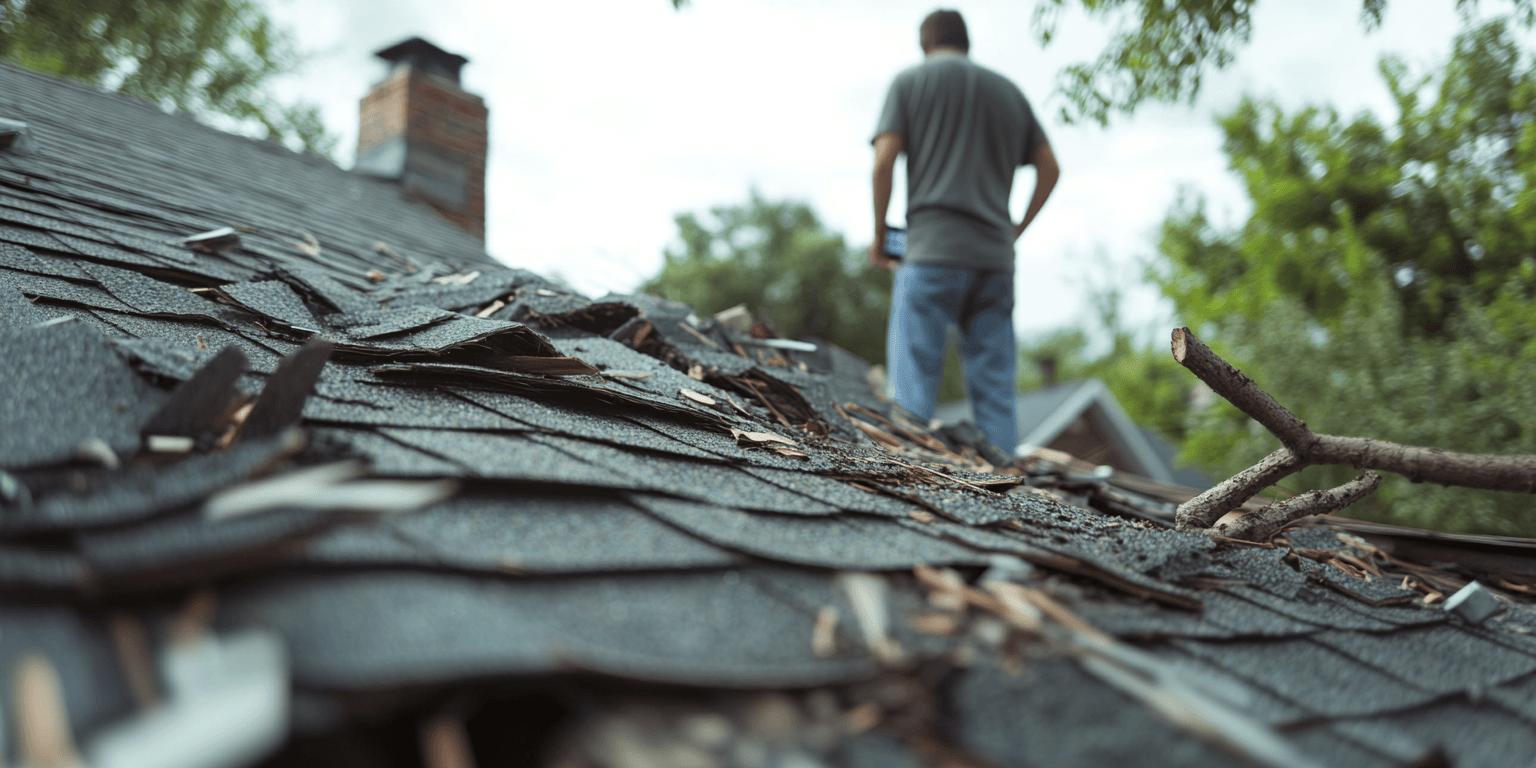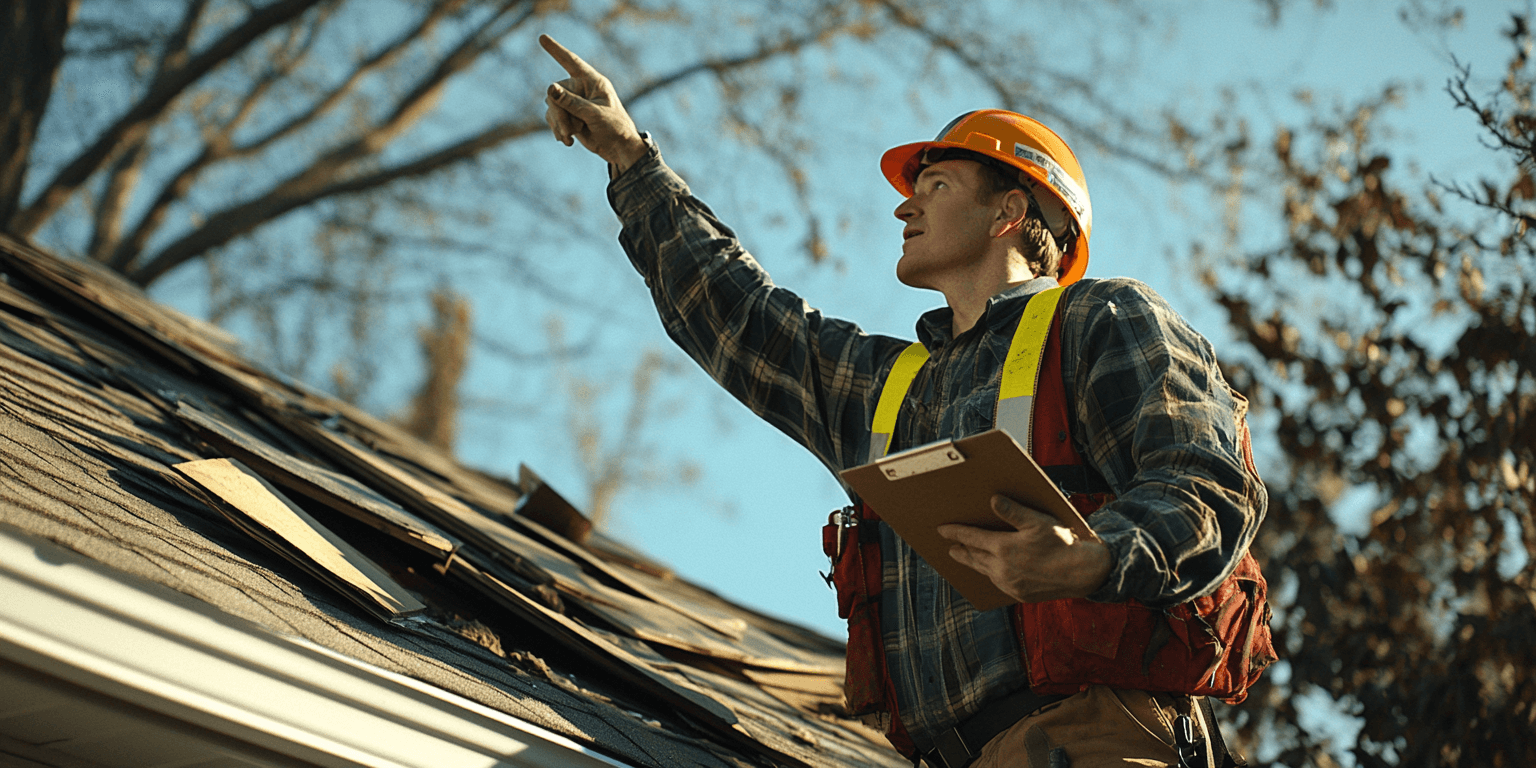When a storm strikes, the damage it leaves behind can be overwhelming. Whether your home has sustained roof damage, flooding, or broken windows, it’s crucial to act fast to file an insurance claim and get the repairs you need. Filing a storm damage insurance claim can seem complex, but with the right approach, you can navigate the process smoothly and ensure that your home is restored as quickly as possible.
At 1st Choice Inspection Services TREC#9175, we specialize in storm damage inspections and work closely with homeowners to document the damage and support insurance claims. Here’s a step-by-step guide on how to file an insurance claim after a storm, along with expert tips to make the process easier.


As soon as it’s safe to inspect your home after a storm, begin documenting the damage. Take detailed photos and videos of all affected areas, both inside and outside your home. Be sure to capture the following:
Having clear and detailed documentation is essential for proving the extent of the storm damage to your insurance company.
Before filing a claim, review your homeowner’s insurance policy to understand your coverage, deductibles, and what types of damage are included. Most policies cover damage caused by wind, hail, and water intrusion (as long as it’s not from flooding, which may require separate flood insurance).
Pay special attention to:
Before you file your claim, it’s a good idea to schedule a professional storm damage inspection. An inspector can assess the full extent of the damage, including hidden issues that may not be visible to the untrained eye. At 1st Choice Inspection Services, we provide comprehensive inspections to ensure that nothing is missed.
Why You Need a Professional Inspection:
Once the inspection is complete, use the report to back up your claim and show the insurance company the full scope of the damage.
After documenting the damage and reviewing your policy, the next step is to contact your insurance company to start the claims process. Most insurers have a 24/7 claims hotline or online portal where you can file your claim.
When you contact your insurance provider, be prepared to provide:
Your insurance company will assign a claims adjuster to your case, who will schedule a time to visit your home and assess the damage in person.
The insurance adjuster’s job is to assess the damage to your home and determine the amount of coverage you’re eligible for based on your policy. This is a crucial step in the claims process, so it’s important to be prepared:
If there’s a significant discrepancy between the adjuster’s findings and your independent inspector’s report, you can use the documentation to negotiate a fair settlement.
Once the adjuster has completed their evaluation, you’ll receive an estimate for the cost of repairs. It’s a good idea to get multiple estimates from reputable contractors to compare with the insurance company’s assessment. This helps ensure that the repair costs are in line with industry standards.
Tips for Choosing a Contractor:
Once you’ve received the repair estimates and the adjuster’s assessment, your insurance company will send you a settlement offer. This offer outlines how much the insurance company is willing to pay to cover the cost of repairs.
Carefully review the settlement offer and compare it with the inspection report and repair estimates. If the settlement is lower than expected, you have the right to dispute the offer. Providing additional documentation from your inspector or contractors can help support your case.
Once you’ve agreed on a settlement, you can begin the repair process. Keep track of all invoices, receipts, and any out-of-pocket expenses related to the repairs, as you may need to submit these to your insurance company for reimbursement.
In some cases, the insurance company may pay the contractor directly. In other cases, you may receive the settlement amount and be responsible for paying the contractor. Be sure to clarify this with your insurer ahead of time.

Filing a storm damage insurance claim can feel daunting, but acting quickly and following the right steps can make the process much smoother. At 1st Choice Inspection Services TREC#9175, we’re here to help you navigate the claim process by providing detailed storm damage inspections that support your case. Our expert reports help ensure that no damage is missed and that you receive the coverage you deserve.
If your home has been impacted by a storm, contact us today to schedule a professional inspection and get the documentation you need to file a successful insurance claim.
It’s important to file your claim as soon as possible after the storm to avoid missing any deadlines set by your insurance policy. Most insurers require claims to be filed within a certain timeframe, often 30 to 60 days after the damage occurs.
Most standard homeowner’s insurance policies cover damage caused by wind, hail, and water intrusion (from rain). However, flood damage is typically excluded and requires separate flood insurance.
While not required, having a professional storm damage inspection before filing your claim ensures that all damage is documented thoroughly. This can help support your claim and prevent the insurance company from missing any issues.
If the settlement offer is lower than expected, you can dispute it by providing additional documentation, such as the independent inspection report and contractor estimates. Negotiating with the insurance company can help ensure you receive fair compensation for the repairs.
Yes, you can make temporary repairs to prevent further damage (such as covering a roof leak with a tarp). Be sure to keep all receipts and document the repairs, as your insurance company may reimburse you for these costs.